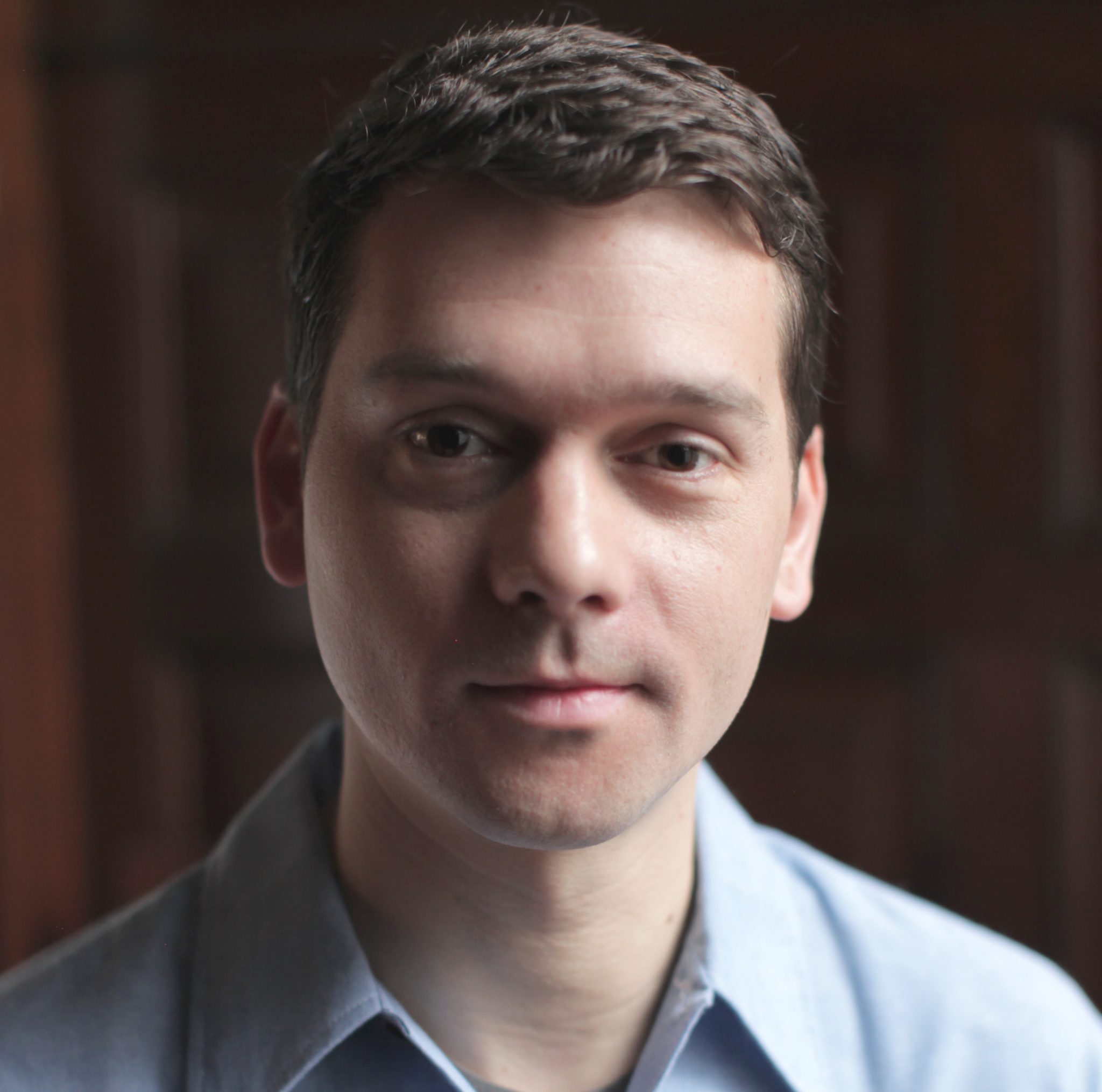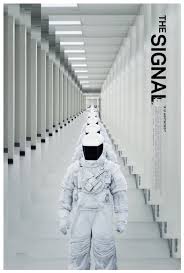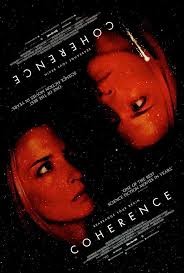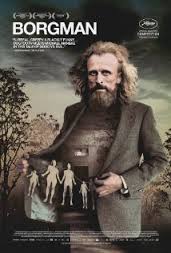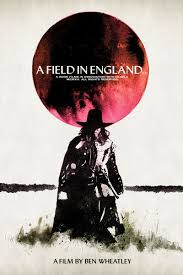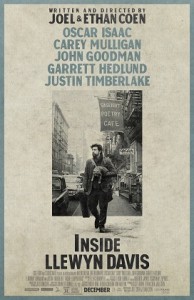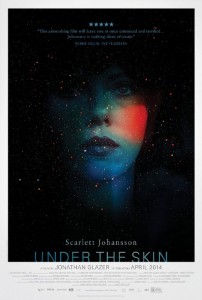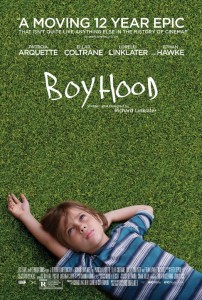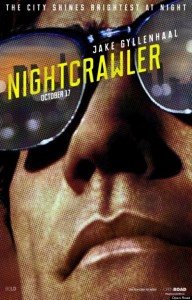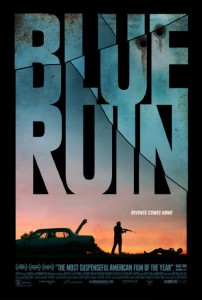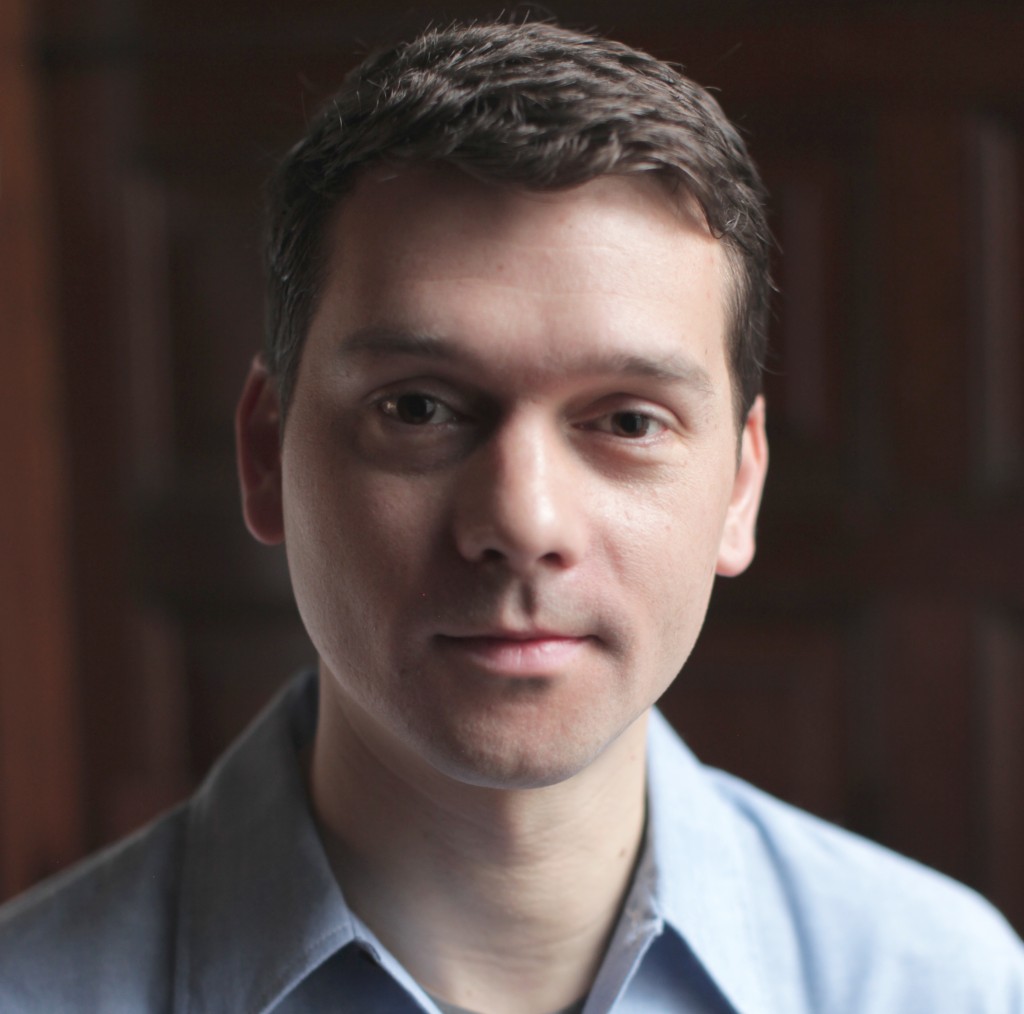
2014 has been a year of promising upstarts, cross-over cinematographers, and plucky veterans. The directors selected here all have one thing in common: fearlessness. The worlds they build are richly populated with intriguing characters and memorable vistas. Their artistry demands an audience discontent with the slew of stale sequels, grandiose cash-cows, and thought-free cinema now filling the multiplexes.
In a business all about box-office impact, auteurs and visionaries are few and far between. The directors in this list plot idiosyncratically, generating fresh perspectives and unfamiliar emotional responses in the viewer. Thanks to them, the cinematic landscape is as enigmatic a place as it’s ever been.
10) William Eubank
Originally a cinematographer, William Eubank’s second film, The Signal, is a sci-fi genre piece packed with ideas. Arguably, Eubank and his brother have cut-and-shut a number of recent themes from the sci-fi cannon (to name them would act as spoilers) into their script. Yet the film’s strength lies in its visual and aural flair, and the surprisingly deep emotional connections forged by the three protagonists. With a miniscule budget of 4 million dollars, Eubank has crafted a film boasting the kind of scope and imagery many blockbusters lack. Such promise, for what is only his second film, bodes well for the future of the genre. The weight of expectation on Duncan Jones’ shoulders has lightened, evidently.
9) James Ward Byrkit
Audacious debuts rarely hit the mark. James Ward Byrkit’s Coherence, however, tackles tricky themes head-on, and does so with aplomb. The film is reminiscent of similarly impressive debuts like Christopher Nolan’s Memento and Shane Carruth’s Primer. Coherence is both intriguing and suspenseful, strengthened by a cast who clearly enjoyed being part of such an overlooked gem. The opening scenes of the film deceptively lure the audience into assuming it’s a slow burner. Once the core premise of the film is discerned, the pace doesn’t let up and Byrkit makes the most of the subject matter’s default unpredictability, resulting in a complex and unique experience.
8) Alex van Warmerdam
Van Warmerdam’s zany back catalogue isn’t well known in the Anglosphere, yet, as North European directors go, his thematic boldness and directorial qualities are up there with Winterberg, Refn, and even Haneke. Borgman is easily his most mature effort to date. It’s a fine example of effective genre splicing. The film’s social commentary is multifarious: political tensions are represented by the husband and wife’s strained marriage; leading into themes like the crisis of the nuclear family; the uncertainty of multicultural Europe; and the ambiguity of desire. A mounting sense of dread permeates the film, with the frail yet sinister antagonist, Borgman, providing its most unnerving moments. Warmerdam has created one of the best European films since Dog Tooth, and will surely be given opportunities to helm larger films.
7) Ben Wheatley
For a short time, Neil Marshall appeared to be the UK’s premier horror director. Enter the co-writing kinetics of Ben Wheatley and his partner-in-crime, Amy Jump. Ben Wheatley has quickly surpassed Marshall in both depth and contextual relevance. The originality of his A Field in England defies categorisation; blending metaphysical horror and historical drama into a bizarre, semi-comical tale. Wheatley’s eye for unsettling mise-en-scene is sublime, and whereas Shane Meadows’ condemnation of various social injustices is hard to miss, Wheatley’s dark, political humour coats a silent, pulsating rage. Surprisingly, it has taken several films for studios to acknowledge Wheatley’s massive potential. He’ll be releasing High-Rise, based on JG Ballard’s book. next year.
6) The Coen brothers
Will the Coens ever make a sub-par film? Judging by their latest offering, it’s doubtful. Bluntly put, they’re master craftsmen of the highest order, regardless of the genre tackled or budget utilised. Inside Llewyn Davis is as understated as it is poignant; it charters the life and times of a Bob Dylan-esque singer during the early 60s, in hip-and-happening Greenwich Village. The Coen’s flesh out characters majestically thanks to a superior writing pedigree. Whether they’re writing monologues, verbal exchanges, or narration, it is always on point – conveying humour and despair in equal dosage. Their attention to detail in world building contributes to a lived sense of time and place – unmistakably a trademark of their auteurship – present, again, with Inside Llewyn Davis.
5) Jonathan Glazer
The film adaptation of Under the Skin feels more like a sinister mystery and less like the book’s clunky, vegetarian moralising. Glazer’s alternative interpretation is nothing short of astounding. At times, it’s as visually self-assured as Kubrick’s 2001. The film’s narrative relies on subtle cues and psychedelic imagery to further, what is on the surface, an abstruse plot. Glazer gets the most out of Scarlett Johansson’s sultry allure, but it’s his cinematic eye for flair that impresses the most. By combining kitchen sink dialogue (some scenes are filmed without the knowledge of some of the ‘actors’) and hauntingly unhuman imagery, he has created one of the most strikingly original films of the last decade.
4) Richard Linklater
Linklater’s body of work has always flirted with the importance of authenticity in life and the freedom the creator rallies for against the super ego and external resentment. Boyhood’s autobiographical nature becomes evident, when, in the final third of the film, the protagonist voices his interest in philosophical musings akin to Linklater’s central themes and concerns. Boyhood is clearly a labour of love and unique in that the organic heart of the film draws its strength from the actors literally growing into their roles. It’s an intriguing experiment considering the amount of time the actors spent together, contributing to both its emotional depth and the realism of the acting.
3) Dan Gilroy
Both a character study and an indictment on contemporary, media-fuelled pathologies, Gilroy’s superbly paced, tightly shot film is reminiscent of Scorsese at his sharpest. Like Scorsese, Gilroy builds the film around a self-absorbed, sociopathic anti-hero (played by the mercurial Jake Gyllenhaal) who could be, for all we know, day dreaming (A twist the film American Psycho took), such is the degree of disconnect both director and actor successfully convey. Gilroy effortlessly interweaves themes; the priority of reportage; the predation of our relation to death and curiosity; and, ultimately, how it makes for primetime TV. The film works as satire, while maintaining an intensity and element of suspense throughout.
2) David Michôd
The Rover is a mythically-inspired, post-apocalyptic western, sprinkled with distinctly dark, Australian humour. Michod manages to capture a distinctively realistic take on a cursed earth outback, in a way that Henry Miller’s energetic, reactionary efforts – The Mad Max franchise – didn’t. His attention to scenery and long takes produce an atmosphere thick in all the tensions and anxieties you would expect in an economic/nuclear meltdown. Both Robert Pattison and Guy Pearce give head-turning performances, more than carrying the film’s sparse, dialogue driven scenes, and their chemistry as make-shift friends is admirable, evoking the memorable ties in Steinbeck’s Of Mice and Men. Four years since his impressive feature debut, Michod has managed to do what few directors do, surpass it.
1) Jeremy Saulnier
The expositional mastery of Blue Ruin ranks above and beyond any thriller in the last few years. Jeremy Saulnier has fashioned such a gripping, pulp yarn here, he’ll be hard pushed to outdo it. His cinematic awareness is precocious and frank, recalling The Coen Brothers at their most pulpy and dynamic (Blood Simple). The story-board shot-for-shot detail is unparalleled in its energy and rhythm. The story plays out at a perfect pace, free of anachronistic scenes and convoluted plot strands. True to its pulp leanings, quirky characters are introduced, and the violent scenes feel as realistic as a film allows. A memorable story from start-to-finish, it won’t be long before Saulinier fully establishes himself in Hollywood as a force to be reckoned with.


